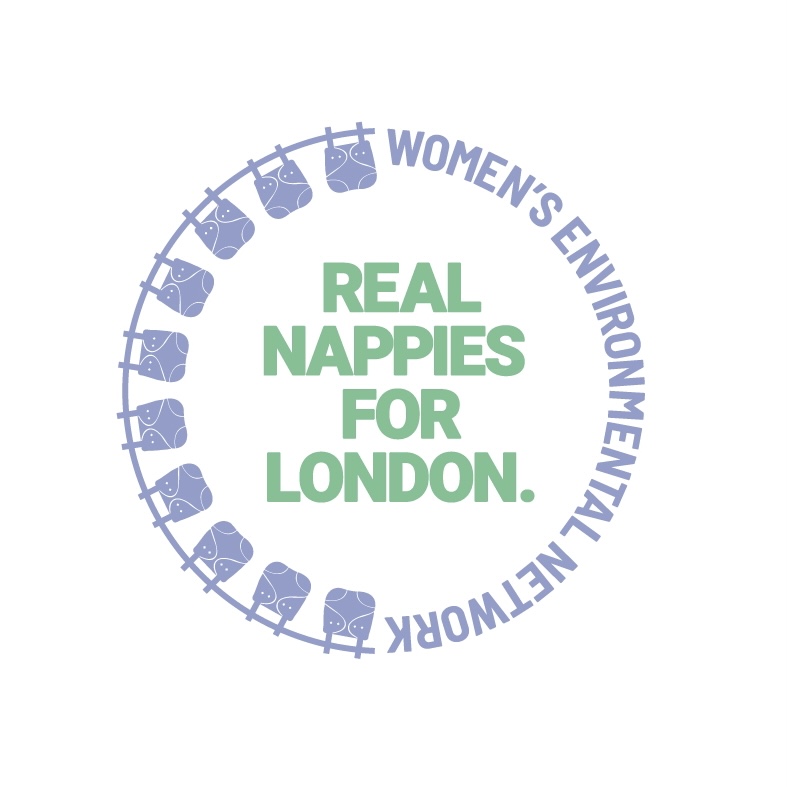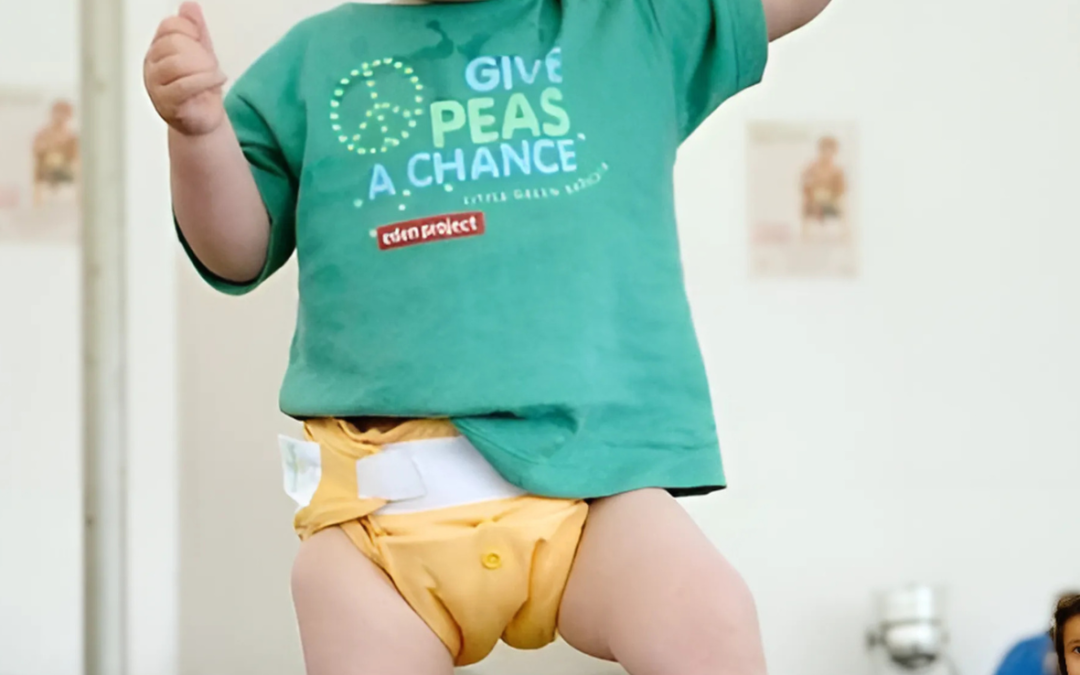Introducing solid foods to your baby’s diet is a big milestone, and while it comes with lots of exciting changes, it also changes what goes into (and out of) those nappies! Whether you’ve just started using reusable nappies or have been using them since your baby was born, managing solid poo is much easier than you think. We’re here to guide you through it.
Solid poo, solid benefits!
Once your baby starts eating a variety of solid foods, such as fruits, veggies, proteins and grains, their poo becomes more formed, making it as simple as tipping it down the toilet before storing the nappy in a wet bag or bucket until wash time (every 2 to 3 days).
Using liners
If you haven’t tried nappy liners yet, now’s the perfect time. Liners, either reusable (typically made of soft fleece) or disposable (usually made from plant-based materials), act as a handy barrier that catches poo and protects the nappy from staining.
For both disposable and reusable liners, shake as much poo down the toilet as possible before disposing or storing. Disposable liners should be thrown in the bin (do not flush). A roll of disposable liners usually contains around 100 sheets, with one sheet per nappy change. Reusable liners wick moisture away from baby’s skin, helping them stay dry, and are a zero-waste option that can be washed with the nappies and reused multiple times. Reusable liners are usually sold individually or in packs.
TIP: when using disposable liners, always use a single layer in the nappy. If the liner is too big, cut it in half rather than folding it back on itself. A double layer can prevent moisture from passing through to the nappy, leading to leaks.
What’s the difference between liners, boosters and inserts?
Liners catch solid poo and make nappy changes quicker and cleaner. Simply lift off the liner, dispose of as much poo down the toilet, and replace it with a new one at each change.
Boosters add extra absorbency, perfect for overnight or if your baby is a heavy wetter. Bamboo and hemp boosters are the most popular options, but cotton boosters also work well.
Inserts are the absorbent part of a reusable nappy system and usually come with the nappy when purchased. They’re an integral part of the nappy’s design, especially in pocket nappies.
Simple washing and drying routine
After tipping any solid poo into the toilet, place the nappy (and reusable liner, if using) into a wet bag or bucket. When it’s time to wash, start with a fast cold rinse, followed by a main temperature wash up to 60°C. Once the wash cycle has finished, air-dry either inside or outside and away from direct heat. If necessary, reusable nappies and fleece liners can be tumble-dried on a low/cold setting.
Managing nappy smells when your baby starts solids
As your baby starts eating solid foods, you might notice a stronger smell in their nappy. But don’t worry – this is normal! Any poo will be flushed down the toilet before the nappy is stored in a wet bag or a lidded bucket. Washing every 2 to 3 days is usually enough to keep smells in check. For an extra touch of freshness, you could add a few drops of essential oils to the bucket or wet bag. While the smell may change as your baby’s diet evolves, proper storage and regular washing will make it easy to manage. Better than a refuse bin full of smelly disposable nappies waiting to be collected weekly or fortnightly!
Stains on nappies or fleece liners
If a nappy or reusable liner becomes stained, remember that after going through a temperature wash, the nappy will be sanitised. To remove stubborn stains, natural sunlight is a powerful and eco-friendly bleaching agent. Alternatively, rubbing a gentle olive oil soap bar on the stained areas before washing can help lift stains. Rest assured; stains don’t impact the nappy’s performance – they’re more cosmetic than functional.
Ensuring the right nappy fit
Starting solids is a time of growth and development, and adjusting the nappy fit ensures your baby stays comfortable and the nappy performs effectively. Most nappies have adjustable poppers, making it easy to change the fit as your baby grows. If you find that their clothes are getting tight around the nappy area, using vest extenders or different sized clothing, can give a little extra room.
Using reusable nappies when your baby starts solids doesn’t have to be daunting – trust us, it’s easier than you may think! Once you have your routine down, everything will fall into place making things quick and manageable. Every nappy change is a step toward reducing waste and saving money. So, whether you’re just starting or have been using reusable nappies for a while, tip that solid poo down the toilet and keep going – you’ve got this!
Alice Walker, November 2024

